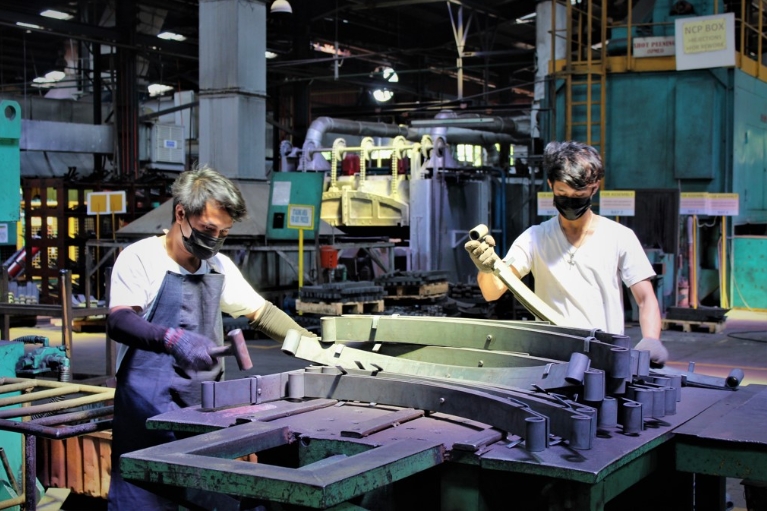OEM (Original Equipment Manufacturer) Parts

Pros:
Guaranteed Compatibility: OEM parts are produced by the same company that made your vehicle. This ensures a precise fit, compatibility, and function, as they’re essentially identical to the original components.
Consistent Quality: There’s a uniformity to OEM parts. Vehicle owners can be assured of the material quality, build, and performance since they’re produced under the stringent standards of the original manufacturer.
Warranty and Support: Often, OEM parts come with a warranty. Moreover, if you get them installed at an authorized dealership, there might be additional support available.
Peace of Mind: There’s a certain comfort in knowing that you’re getting a part made specifically for your vehicle model, minimizing potential risks.
Cons:
Higher Cost: OEM parts tend to be more expensive than their aftermarket counterparts. This price includes the assurance of brand and fit but can strain budgets.
Limited Variety: Since OEM parts are designed to match original specifications, there’s less variety. Vehicle owners looking for modifications or upgrades might find OEM options restrictive.
Availability: Sometimes, specific OEM parts, especially for older or less common models, may be harder to find or require special ordering.
Aftermarket Parts
Pros:
Cost-Effective: Generally, aftermarket parts are more affordable than OEM parts. This price difference can be especially significant for certain components.
Vast Variety: The aftermarket industry is vast, meaning there’s a broader range of choices. This is beneficial for those looking to customize or upgrade their vehicles.
Potential for Higher Quality: Some aftermarket companies specialize in producing parts that are even better than the originals, focusing on enhancing performance, durability, or aesthetics.
Easy Accessibility: Given the sheer number of manufacturers in the aftermarket scene, these parts are often readily available and can be found at multiple outlets.
Cons:
Inconsistent Quality: The broad range of aftermarket parts means there’s variability in quality. While some parts might be superior to OEMs, others could be of inferior quality.
Overwhelming Choices: With so many options available, finding the right part can be daunting. It requires research and sometimes expert advice.
Potential Warranty Issues: Using aftermarket parts might void the vehicle’s warranty in some cases, especially if the part causes damage or isn’t compliant with the vehicle’s specifications.
Fit and Compatibility: Unlike OEMs, which are guaranteed to fit, aftermarket parts might sometimes have slight deviations, requiring adjustments or modifications during installation.
Choosing between OEM vs. Aftermarket Parts is crucial for vehicle performance and safety. While OEM parts offer consistency and warranties from the manufacturer, aftermarket parts provide more variety and competitive pricing. However, quality can vary with aftermarket choices. The decision depends on one’s budget, quality preferences, and vehicle needs.
Post time: Mar-05-2024








